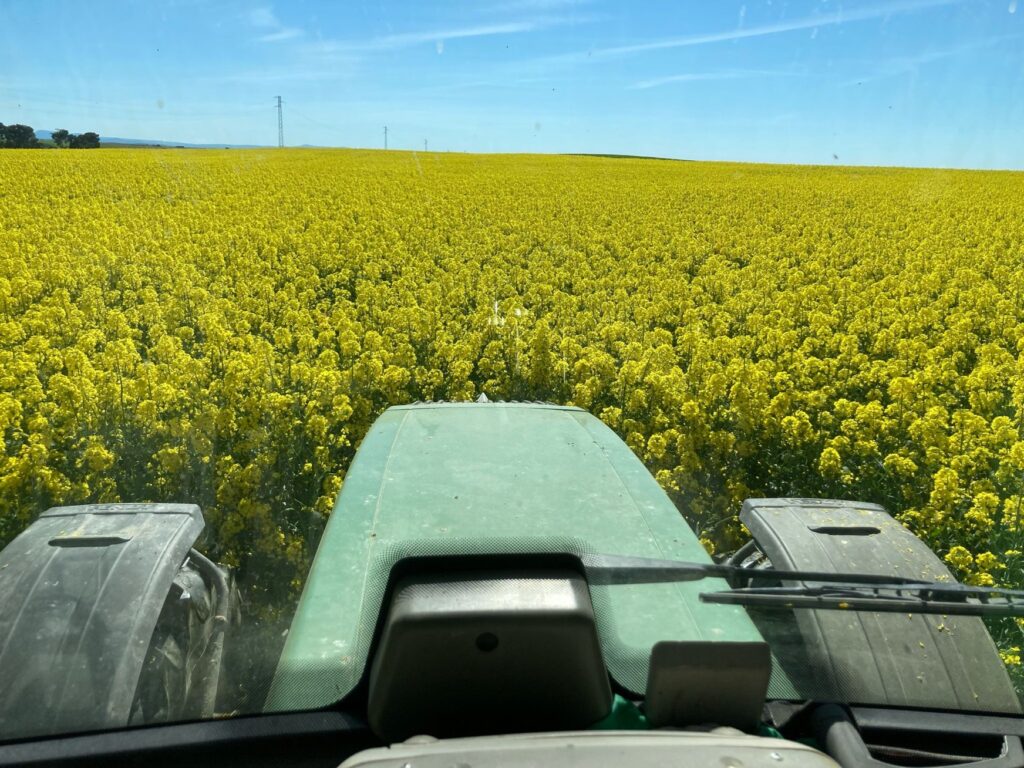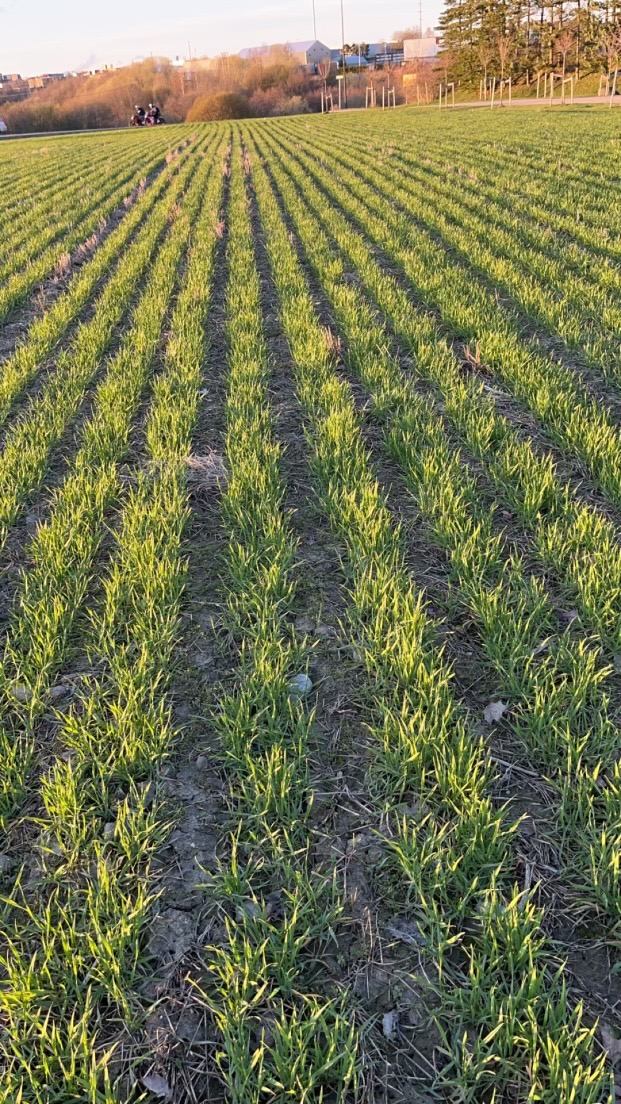Article written by Claydon Drills. See Claydon Drills for Direct Driller at Cereals on 11 & 12 June 2024, Bygrave Woods, Newnham Farm, Herts
Food in the best format
Claydon drills have the facility to apply granular fertiliser through a variety of different outlets and locations. With the improved soil health and uncultivated rows from the Claydon Opti-Till® system the infiltration capacity is greatly improved, facilitating more timely applications of fertilisers, or chemicals, as the soil structure is more supportive for machines throughout the year.
The Claydon drill is a direct drill, seeding into crop residues which have been dispersed and broken down into a mulch by the Claydon Straw harrow. After a few weeks this organic matter is hardly visible; it has been further broken down and ingested by soil biota, such as earthworms who excrete it as soil nutrients.
This organic matter improves the structure of the soil and increases its ability to hold water, vital to supply crops in the growing months. It helps soil store essential nutrients and promotes root growth, increasing the plant’s uptake of nutrients and water.
The amount of organic matter on the Claydon farm has increased by 5% since 2002.
Prof Andy Neal at Rothamsted Research states that for a silty-clay loam ‘every 1% increase in soil organic carbon equates to a water holding capacity increase of 354,000 litres a hectare to a depth of 30cm’ – which equates to roughly 1.7m litres/ha more water held on the Claydon farm.
Increasing organic matter and improving soil structure has made it possible to grow oilseed rape in Central Spain where retaining moistures is essential on extremely dry land which is light and erodes if cultivated. The farmer has been Claydon drilling for 10 years. The oilseed rape was seeded on 13 September and has had 50m3 of liquid manure and 30kg of N since drilling.

Food where needed
The Claydon drill range offers a variety of options for fertiliser placement when seeding, so fertiliser can be placed where young plants need it for optimum establishment.
The Hybrid T range of trailed drills has split hoppers with fertiliser delivery either above the seed in the seeding zone or below the seed in the rooting zone. Split hoppers are also available on the Evolution 3m and 4m mounted drills with the same options for placement.
An additional fertiliser hopper is available on the trailed drills (NutriSeeder) and mounted drills (Microgranular) with delivery at three outlets: venturi, spread across the rear toolbar or inter-row.
Emerging from a long cold winter in Norway, this winter wheat was established in south eastern Norway where temperatures range from -20°C to +25°C. Placing fertiliser whilst drilling is almost a necessity in this part of the world and this crop has come through well.



Protecting the crops at the optimum time
Claydon drilling only loosens soil in the seeding and rooting zone, leaving the inter-row undisturbed. The structure of the soil, with all the worm channels, capillary action and biota, is left intact and in good shape. This keeps wheeling and compaction to a minimum as the soil is strong enough to support following traffic. Field operations like spraying can be carried out at optimum times when the crop needs; you can travel when you need to travel.

In the next edition of Direct Driller at Cereals – two new product launches which complement the Claydon fertiliser offering.
For more information about how Claydon drilling can help you establish your crops in a challenging climate, whilst maintaining yields and reducing costs, please visit claydondrill.com or contact your nearest Claydon dealer.
